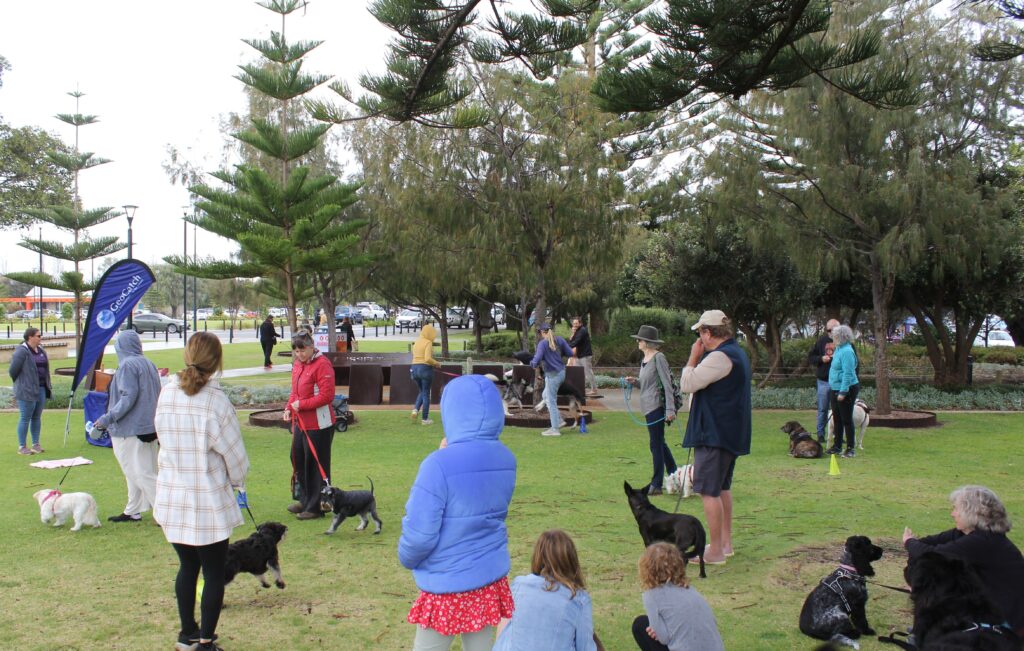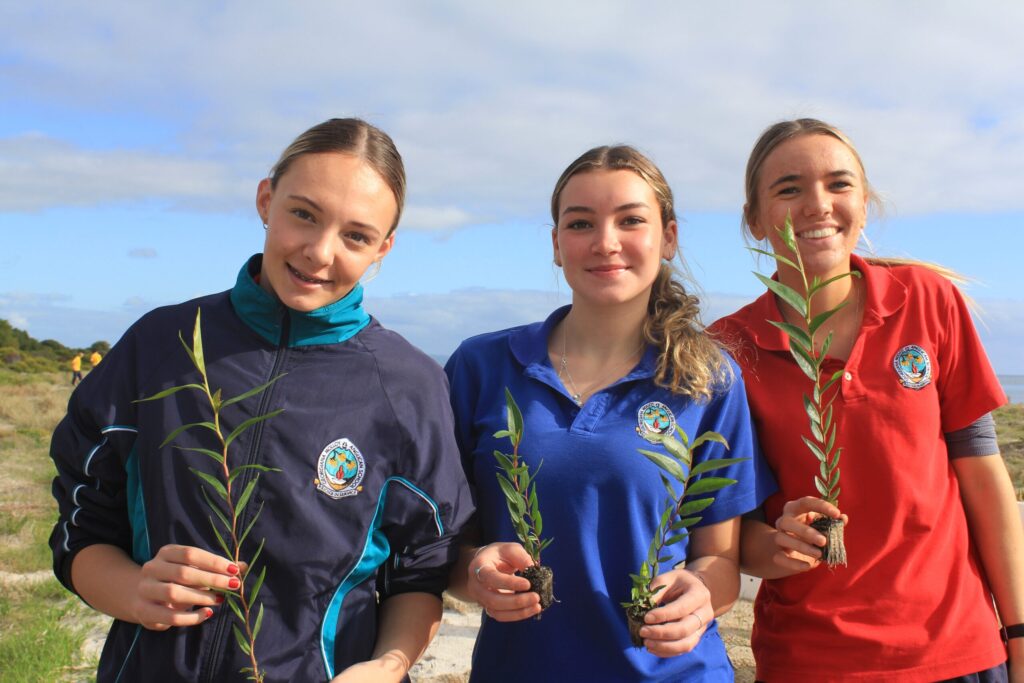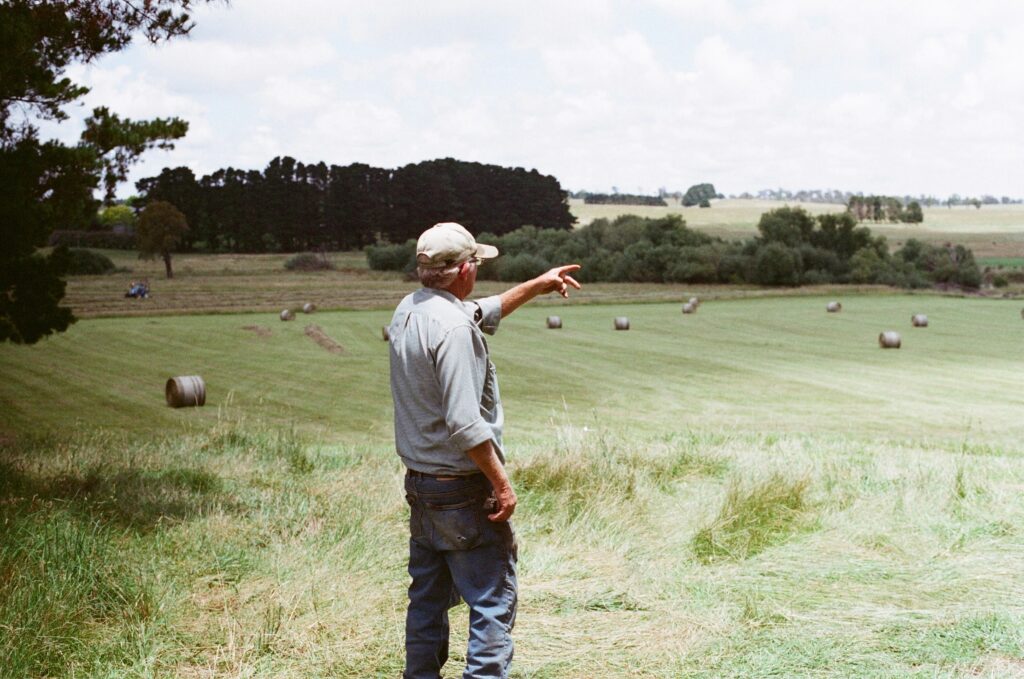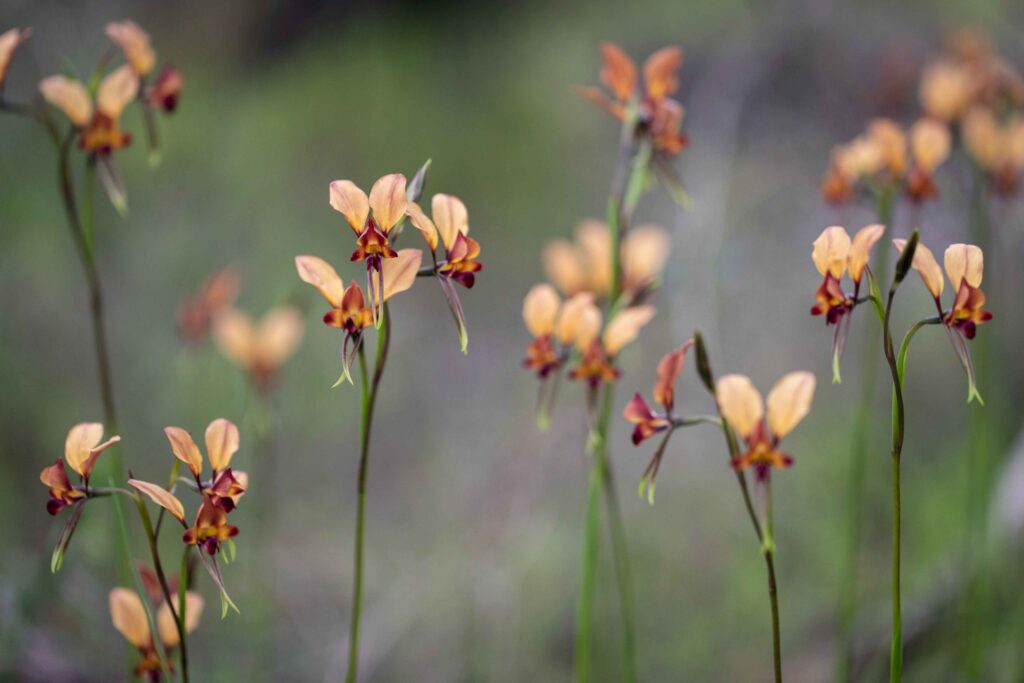Scientists from Edith Cowan University have released their latest findings from research on seagrass in Geographe Bay, revealing a positive trend in the health of aquatic plants.
Every summer, researchers from Edith Cowan University team up with divers from the Department of Biodiversity, Conservation and Attractions to survey seagrass meadows at specific locations across Geographe Bay. The project monitors seagrass health by studying how it changes over time.
Professor Kathryn McMahon is the lead researcher from Edith Cowan University, and she says the Geographe Bay seagrass meadows are in good condition with no areas of major concern.
“Most of the sites are located within the Ngari Capes Marine Park so they are an indicator of marine park health. At each site, we monitor the number of shoots of seagrass. The number of shoots is a really good indicator of their health.”
“We are finding that most of the sites in Geographe are staying stable, and some are increasing in shoot density over time. That is an indication that their condition is improving. The Posidonia seagrass meadows in Geographe Bay have a high conservation value and are also considered a climate refuge as the populations here are resilient to ocean warming,” said Kathryn.
The 2024 KeepWatch Seagrass Monitoring Report summarised that “nutrient content of seagrasses in Geographe Bay continues to be low and reductions in exposure to nutrients continues at Capel based on the seagrass data. The main sources of nitrogen for seagrass at most sites is likely to be from fixation of atmospheric nitrogen and/or agricultural fertilisers.”
GeoCatch has been working with the urban community and the agriculture sector to reduce runoff of nutrients across the catchment, implementing sustainable agriculture strategies that improve soil health, optimise nutrient use and reduce environmental impact. Initiatives like the Geographe Soil Testing Program, stream restoration projects, and training opportunities have reduced nutrient input to Geographe Bay and its waterways.
GeoCatch Sustainable Agriculture project officer Michelle Priest explained the importance of reducing nutrient runoff in the Geographe Catchment. “The Geographe Soil Testing Program helps farmers match their fertiliser use to the requirements of their soil. They can then target fertiliser application to ensure that plants receive the right amount of nutrients for healthy growth. This not only saves money but also prevents excess nutrient runoff into the waterways and Geographe Bay”, said Michelle.
The KeepWatch seagrass monitoring project is coordinated by GeoCatch and funded by Water Corporation, with in-kind support from the Department of Biodiversity, Conservation and Attractions. To view the results of the monitoring, visit geocatch.asn.au/keepwatch-seagrass-monitoring/






